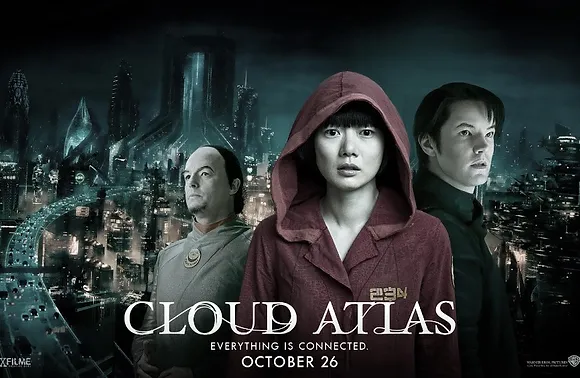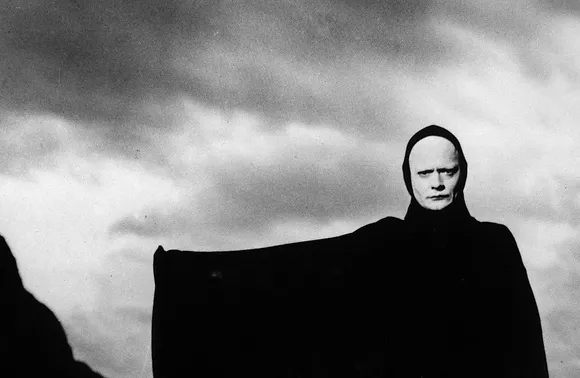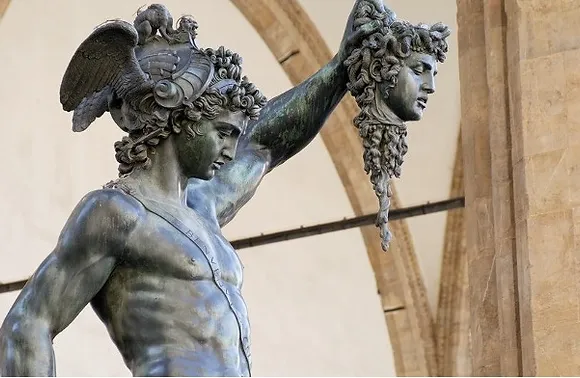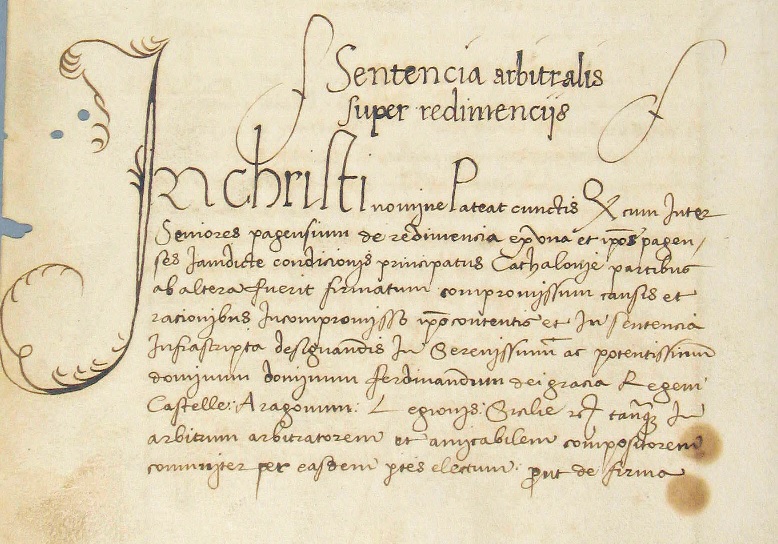
A Closer Look Into Cloud Atlas: Distinctive Content and Storytelling

Adapted from the 2012 novel by David Mitchell, directed by the Wachowski sisters and Tom Tykwer, Cloud Atlas consists of 6 independent but intertwined stories based on themes such as entanglement principle, uncertainty, relativity theory, and reincarnation. Although it has strong cinematography with creative imagery, metaphor, use of colour palette, and ingenious camera tricks, in this article, I would like to talk about the plot and structure of this movie that makes the audience question life and existence in almost every scene.
Although the movie consists of flashbacks and flashforwards, the story begins in the Pacific Islands in 1849 in the timeline. In this story, we observe the enslavement of the indigenous people after the discovery of America through the eyes of a lawyer named Adam. In the second episode, we witness the effort of a homosexual musician, Frobisher, to create his composition alongside a famous composer, Vyvyan Ayrs, at a time when Nazism was on the rise in 1936. In the 3rd episode, we watch the journalist Luisa Rey's research into the secrets of a nuclear power plant in 1971, and in the 4th timeline, we watch Timothy's escape from the nursing home, which was threatened by Dermond, whose book was published in 2012. The rebellion of the servant clone named Sonmi 451 against the system at the extremes of capitalism in the portrait of a futuristic and dystopian future in the year 2144 in the 5th event flow. In the 6th and final plot, we witness the story of Zachry, who lives in a primitive community invaded by foreign tribes after an event called the great collapse in the future.
These events, which seem to be independent of each other, gain integrity with the elements such as the comet birthmark in the characters, the diaries or books of the characters being taken over by other characters, and these seemingly independent events, and characters are connected with the processing of this storytelling. The director used the quantum mechanical phenomenon of entanglement to reflect the fact that everything is connected, that everyone is part of a whole and comes from the same source. Skillfully shot transition sequences make the audience feel that this similarity we encounter in the movie is also encountered in daily life and world history. The movie reflects discrimination and injustice through slavery and racism in America in the first plot, discrimination, and inequality over sexual preferences and religion in the second story, the classes enslaved and separated by the capitalist system in the Somin's story, the social and environmental damage of an oppressive state in Luisa Reyin's plot. The point, which unites so many independent stories is that the basis of the problems that seem to be different with the effect of variable social conjuncture, time and space concepts is the same.
One of the main messages implied by the main story is that all humanity has a common past and experience. This means that all humanity is part of an almost never-ending, gigantic cycle. Similar lives and events repeat themselves endlessly. Although the events seem different, they are actually single and cyclical, such as problems, the problems only manifest differently according to the conjuncture of time. That is, it is a fact that we see different versions of the same problem in the realities that are presented to us. This situation is expressed in Robert Fincher's line in the movie as follows: “Another war is always coming, Robert. They are never properly extinguished. What sparks wars? The will to power is the backbone of human nature … Listen to this and remember it. The nation-state is merely human nature inflated to monstrous proportions. QED, nations are entities whose laws are written by violence. Thus, it ever was, so ever shall it be. War, Robert, is one of humanity’s two eternal companions.” Baudrillard holds a similar view, "There is no end anymore, and beyond the end, there are the trans political, transsexual, and trans aesthetics that spreads to a parallel universe. He claims that the history determined in the usual sense of time has disappeared, and history is now a simulation. The claim that history is a simulation undoubtedly determines the past, and it imprisons people in a gas-free environment where they can never think or act again.”
The basis of these different problems, which manifest differently in the film, is the same. Whether in slavery, interfering with people's personal preferences, or in oppressive states, the main source of problems in the communities is, in Nietzsche's words, "will to power". When we look at the world today, we encounter a similar situation. Although the concepts of time and space have changed in the wars that have been experienced until today, the aims and the development of the wars have always been the same. It refers not only to world problems but also to the circularity of human societies, religion, and science development. In plot 5, the deification of the Sonmi 451 character after the great collapse is also a reference to the circularity in the formation of religions. The other concept that the director criticizes and draws attention to are enslavement, the oppressive state, the capitalist system, religion, and interference with individual preferences as “human nature”.
Cloud Atlas conveys 6 simple and familiar stories, in which different genres come together, with scientific theories, quality cinema techniques, and a distinct perspective, while doing this, questioning the concept of freedom and the world system. Even though it has a higher potential, Cloud Atlas is a must-watch movie with its different and innovative structure and the themes it handles.



